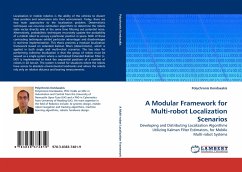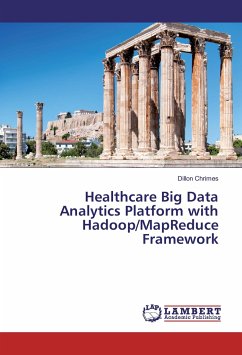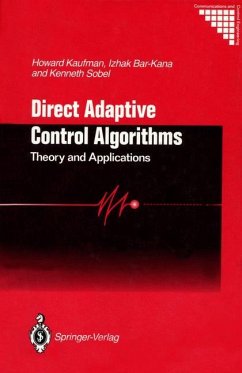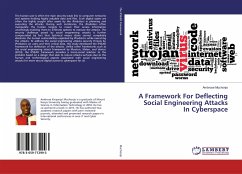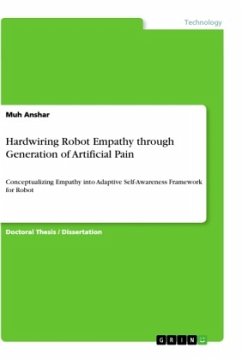
Hardwiring Robot Empathy through Generation of Artificial Pain
Conceptualizing Empathy into Adaptive Self-Awareness Framework for Robot

PAYBACK Punkte
0 °P sammeln!
Doctoral Thesis / Dissertation from the year 2017 in the subject Engineering - Robotics, University of Technology, Sydney, course: Philosophy Degree, language: English, abstract: The application and use of robots in various areas of human life have been growing since the advent of robotics, and as a result, an increasing number of collaboration tasks are taking place. During a collaboration, humans and robots typically interact through a physical medium and it is likely that as more interactions occur, the possibility for humans to experience pain will increase. It is therefore of primary impo...
Doctoral Thesis / Dissertation from the year 2017 in the subject Engineering - Robotics, University of Technology, Sydney, course: Philosophy Degree, language: English, abstract: The application and use of robots in various areas of human life have been growing since the advent of robotics, and as a result, an increasing number of collaboration tasks are taking place. During a collaboration, humans and robots typically interact through a physical medium and it is likely that as more interactions occur, the possibility for humans to experience pain will increase. It is therefore of primary importance that robots should be capable of understanding the human concept of pain and to react to that understanding. However, studies reveal that the concept of human pain is strongly related to the complex structure of the human nervous system and the concept of Mind which includes concepts of Self-Awareness and Consciousness. Thus, developing an appropriate concept of pain for robots must incorporate the concepts of Self-Awareness and Consciousness. Our approach is firstly to acquire an appropriate concept of self-awareness as the basis for a robot framework. Secondly, it is to develop an internal capability for a framework for the internal state of the mechanism by inferring information captured through internal and external perceptions. Thirdly, to conceptualise an artificially created pain classification in the form of synthetic pain which mimics the human concept of pain. Fourthly, to demonstrate the implementation of synthetic pain activation on top of the robot framework, using a reasoning approach in relation to past, current and future predicted conditions. Lastly, our aim is to develop and demonstrate an empathy function as a counter action to the kinds of synthetic pain being generated. The framework allows robots to develop "self-consciousness" by focusing attention on two primary levels of self, namely subjective and objective. Once implemented, we report the results and provide insights from novel experiments designed to measure whether a robot is capable of shifting its "self-consciousness" using information obtained from exteroceptive and proprioceptive sensory perceptions. We consider whether the framework can support reasoning skills that allow the robot to predict and generate an accurate "pain" acknowledgement, and at the same time, develop appropriate counter responses. Our experiments are designed to evaluate synthetic pain classification, and the results show that the robot is aware of its internal state through the ability to predict its joint motion and produce appropriate artificial pain generation.




